The San Francisco Silent Film Festival is almost here! Its first film fills the Castro Theatre’s screen on Thursday night. We’ll rewind our scene to before its audience sits, before they pile into the picture palace, before they stand in a line snaking down Castro and stretching around the corner down 17th, and stop where they chat with anticipation about the experience that awaits them with their friends. Let’s take a look at the films selected to celebrate the festival’s twentieth anniversary.
It’s incorrect to say the festival eases into its first screening with only one feature. A centerpiece film always kicks off the event in grand style. This year it’s the silent version of war film All Quiet On The Western Front (1930), directed by Lewis Milestone. There were actually two versions of the film made simultaneously, a sound version for English-speaking audiences and an “International Sound Version,” essentially a silent with a later added score and intertitles, written for foreign language markets. While the talkie version was nominated for four Academy Awards and won two, festival Artistic Director Anita Monga says, “Many people consider it to be superior to the sound version.” The epic devastatingly details what happens to a group of young German boys recruited to the trenches of World War I. The Mont Alto Motion Picture Orchestra accompany the film.

An off-site opening night party follows the movie. The McRoskey Mattress Company‘s top-floor loft turns into the Kit Kat Club, a 1920s Berlin cabaret hosted by Swedish chanteuse Clara Gustavsson. Also performing are the Craig Ventresco Trio, featuring Meredith Axelrod. Fine food and drink are part of the festivities. Your party ticket gets you nibbles from Poesia Osteria Italiana, wine from Barefoot Wine and Bubbly, beer from Sierra Nevada, and a special cocktail—the Voluptuous Panic—created by Bartavelle‘s Suzanne Drexhage. Vintage attire and dancing are encouraged! Something called the Naughty Boudoir Photo Booth makes a first appearance. Whether you enter the booth before or after imbibing is up to you!

If you attend the party, keep in mind that Day 2 of the fest begins bright and early at 10 AM with Amazing Tales from the Archives! If you miss this educational session, your hardcore silent film fan friends will brag about all the interesting facts they learned and rare films they saw. The ever entertaining Serge Bromberg, of Lobster Films, recounts finding Maurice Tourneur’s 1914 short Figures de Cire (House of Wax). Bryony Dixon brings a treasure trove of footage about the RMS Lusitania to mark the centennial of its sinking, and crowd favorite actor Paul McGann adds narration to her films. Festival President Robert Byrne describes the meticulous process of reconstructing and restoring William Gillette’s Sherlock Holmes. In recognition of another centennial, this time Technicolor‘s, Movette Film Transfer‘s Jennifer Miko screens a home movie shot at Hearst Castle and starring its architect Julia Morgan and W.R. Hearst. Donald Sosin accompanies this program.
I’m excited this year’s Chinese selection deviates from past offerings. While the suffering women dramas previously screened, often starring Ruan Lingyu, were excellent, Cave of the Spider Women or Pan si dong (1927) offers something new to the program. It is a magic-spirit film, a genre popular in 1920s Shanghai, but quite rare to screen today due to so much of early Chinese film being lost. A nitrate 35mm print of the movie was discovered in the National Library of Norway‘s archives. This is not an unusual occurrence. Staffing and funding limitations mean that films listed as lost might lay in other archives undocumented and awaiting discovery and thus restoration before they deteriorate too badly to be saved. In the film. a monk and his followers—a monkey, pig, and shark spirit–search for Buddhist texts while facing dangers like the seductive Spider Queen and her handmaidens. Donald Sosin and Frank Bockius accompany the film.

When the Earth Trembled (1913) fills the local interest slot. If you’re guessing by the title that it’s about the 1906 San Francisco earthquake, then you are correct! The movie may be the first fictional one made about the disaster, and it incorporates real newsreel footage shot in the earthquake’s aftermath. That’s of special note since the Lubin Manufacturing Company later lost the majority of its newsreel footage in a vault fire, so contained within this disaster epic is a chance to see true life scenes that otherwise would have been destroyed. Director Barry O’Neil‘s insistence on realistic recreations adds to the sense of danger. His leading lady Ethel Clayton almost died when a chandelier fell on her during an earthquake scene. Due to his attention to detail and film mogul Siegmund Lubin devoting four months to making the movie, when normally his studio cranked out two pictures a week, they produced a mega-spectacle that’s sure to thrill today. Multi-instrumentalist Stephen Horne accompanies the film.
Film critic Paul Rotha described The Last Laugh (1924), or Der letzte Mann, as “cine-fiction in its purest form.” Director F.W. Murnau‘s technique was revolutionary. He created a drama focused on an ordinary man’s fall using few intertitles, a fluid camera, and the best of Emil Jannings‘ acting ability. Jannings’ character, a hotel doorman, takes pride in the fine uniform his job provides him. The uniform brings him respect and gives him greater status in his workingclass neighborhood. When his job and uniform are taken away from him, his identity and position are the greater losses compared to the income. The perilousness of work instability and its impact on self-worth and class and social status can resonate for today’s audiences experienced in recession. Berklee Silent Film Orchestra, in its inaugural appearance accompanies the film.

The Ghost Train (1927) is the first film adaptation of the popular stage play by Arnold Ridley. It blends horror and comedy elements in depicting what happens when strangers are stranded at a supposedly haunted train station. I’ve seen the 1941 version starring Arthur Askey, which emphasized comedy over the supernatural, and I’m looking forward to seeing how Hungarian director Géza von Bolváry was freer to play up the story’s spookier and darker aspects. After American horror hits Dracula and Frankenstein upset some vocal members of the public, the British Board of Film Censors created the H(orror) certificate as an advisement in 1932, but in reality that resulted in children under 16 being banned from cinemas showing films labeled such. British filmmakers avoided getting the certificate by avoiding the horror genre. Online clips from the silent version show clever uses of animation and superimposition. Stephen Horne and Frank Bockius accompany the film, and Paul McGann provides narration.
This concludes Part 1 of my San Francisco Silent Film Festival preview. Part 2 follows tomorrow!








